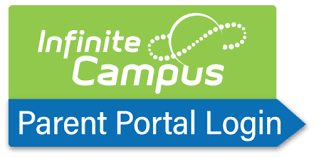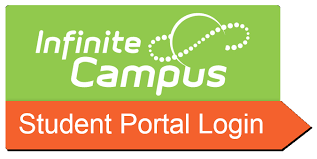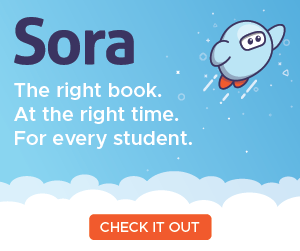Come Back Monster! Let's Make a Story!
It’s a great time to talk about describing and story-telling! This activity was sent home with students with a small, colorful, springing monster, a noun/object word card, and an action word card. You don’t need these items to enjoy and learn with this activity (no items challenging the imagination or draw a face on an old sock).J It is, however, important to use a monster (or some other imaginary item). This activity facilitates active thinking, pondering of unknowns, and development of language through story-telling. That look on a child’s face when they are really pondering something is an amazing sight! I believe most kids would enjoy this language activity, even middle and high school students. Maybe older children could assist a younger sibling.
- Ask me to share my Monster’s Name (Ask if my monster is a boy or girl). Next, help me describe how my monster looks.
(In example, “My Monster’s name is Sam. He/She/It looks round like a pumpkin, with pointy striped horns, and 3 big ugly eyes.” You can also model funny words for middle and last names. Multi-syllable words are the best because your child has to listen closely to imitate it. In example, “Sam-Obertall-Giantsgiving”.)
- I included a “noun/object” card. The monster likes to hold and hug it because it’s his/her favorite. Ask me to name the monster’s favorite object to hold and hug. Help them guess “why”.
- Ask me what my monster eats and help me explain why it shouldn’t eat it (have your child find an object in your home).
(In example, Child: “My monster likes to eat stinky shoes.” Parent: “Silly Monster…we don’t eat shoes, we wear shoes!”)
- Ask me to share what my monster likes to do (action card). Encourage or show me how to elaborate, making it silly/absurd.
(In example, “My monster likes to swim in the kitchen sink with lots of bubbles.”
- Help me create a short, silly story full of absurdities and describing words/concepts. Encourage your child to start the story with their “action” sentence (action card), then elaborate on their story in a silly/absurd manner using the words next, then, after, and/or last.
(In example, Child: “My monster likes to swim in the kitchen sink with lots of bubbles.” Parent: “Then he grabbed his yellow rubber ducky and ate it. Oh no! After that, he jumped out of the tub and ran to get warm in the refrigerator. Silly Monster, we don’t get warm in the refrigerator! Last, he climbed into his purple, soft monster bed to get warm and snored like a monster (make a silly monster snoring sound). The End.)
* In this lesson, your child will be engaging in, imitating, and attempting the following specific language learning processes.
-Naming and identifying objects. This lesson expands on those skills by facilitating language functions of describing, elaborating, sequencing, and predicting.
-Vocabulary at young ages is full of nouns (animals, food, household/transportation items). In this lesson, your child is developing an awareness for verbs/actions and concepts (shape, size, color, texture) and the difference between nouns/objects and actions. (In example, “I see your monster likes to run. Is run a thing to hold or something to do?”)
 This lesson is close to my heart because my daughter Finley’s favorite book at 3 years old was “Go Away Big Green Monster.” She loved pretending and storytelling about different silly monsters. The things our children teach us are gifts. J
This lesson is close to my heart because my daughter Finley’s favorite book at 3 years old was “Go Away Big Green Monster.” She loved pretending and storytelling about different silly monsters. The things our children teach us are gifts. J


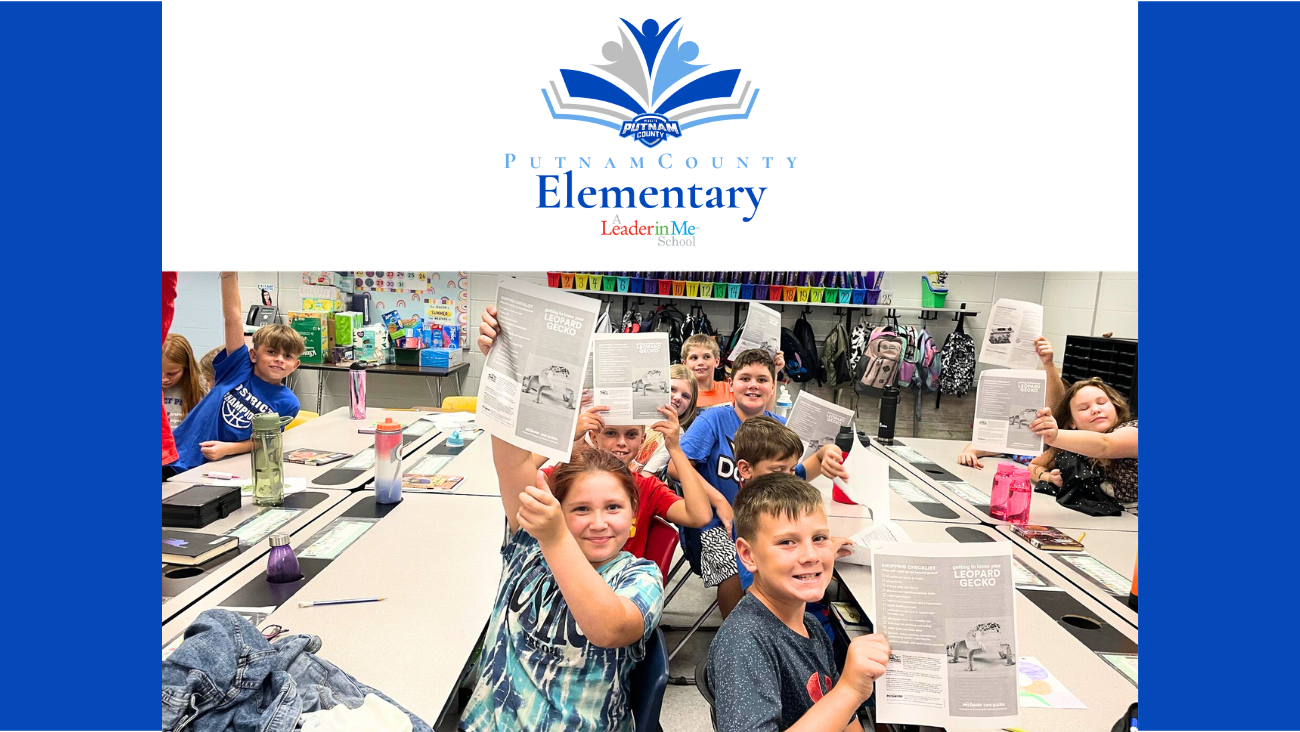
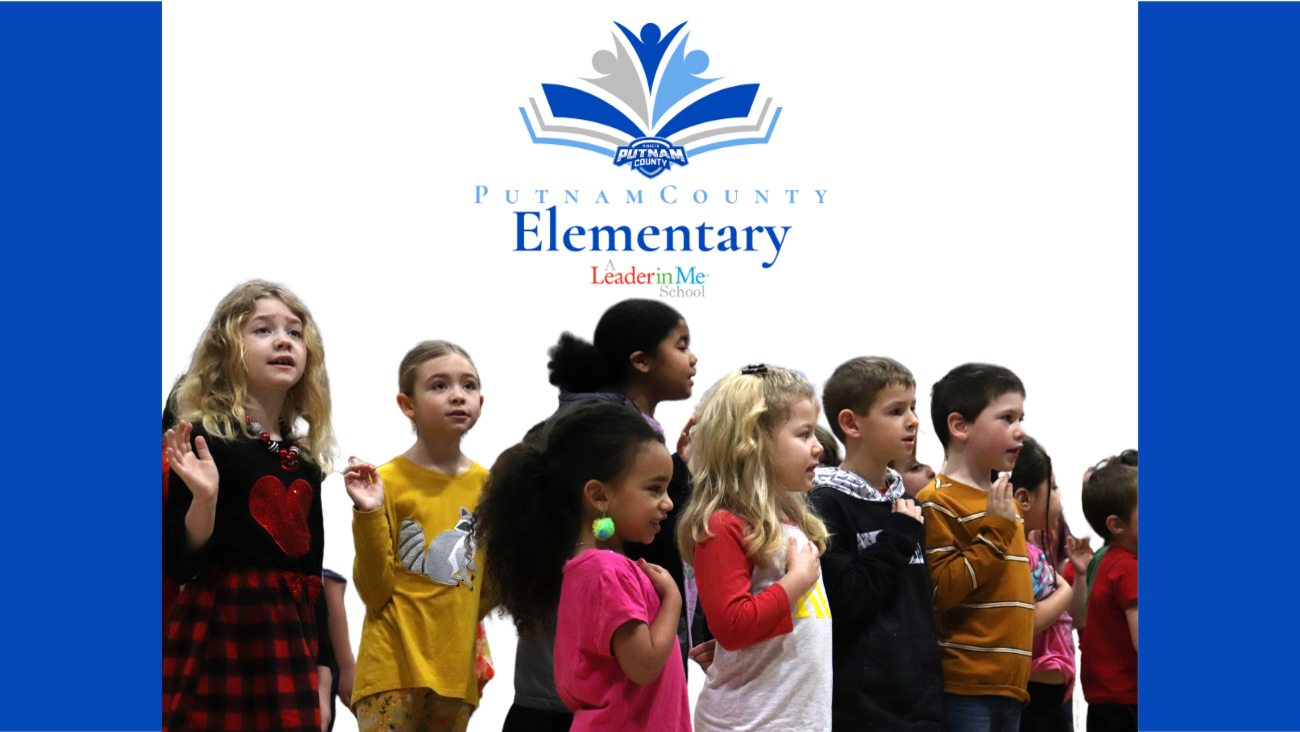

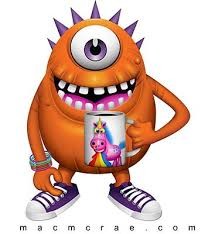 Launch the media gallery 1 player
Launch the media gallery 1 player.png)
